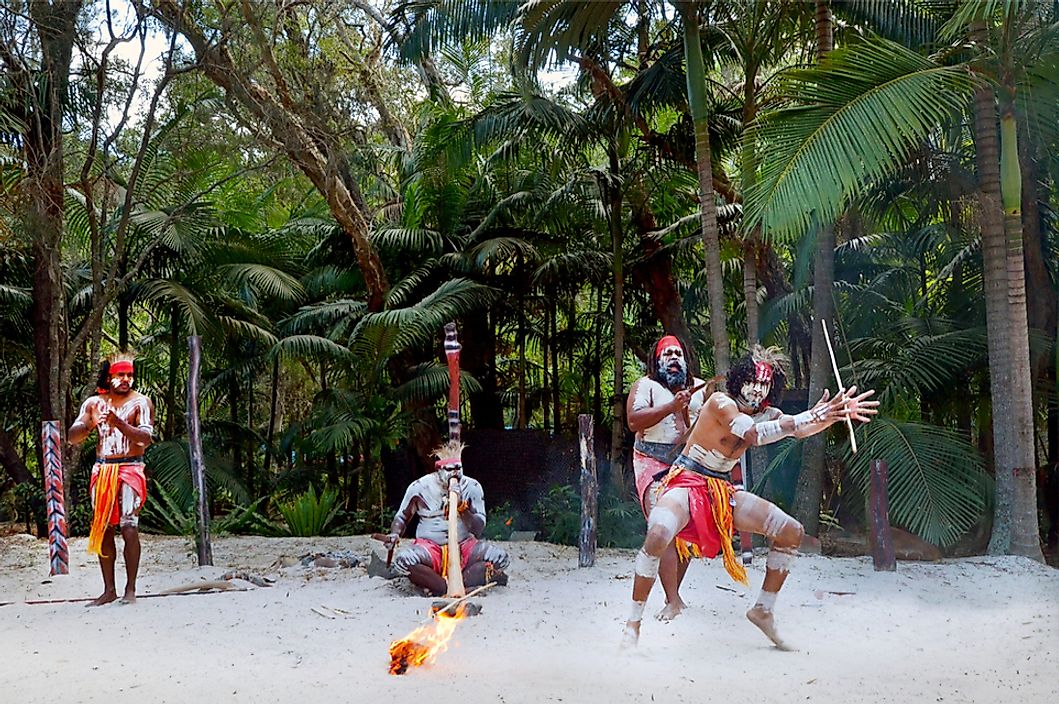Who Are the Indigenous Peoples of a Place?

The term “indigenous peoples” refers to the first humans who established a permanent life in a particular region or area of the world. Indigenous peoples may also be referred to as aboriginal peoples, first peoples, or native peoples. Every inhabitable area in the world has a specific group of indigenous peoples. These individuals may live in permanent settlements or prefer a nomadic lifestyle, in which they move from place to place within a particular territory.
The vast majority of indigenous peoples and their lands have been colonized throughout history, primarily by European nations. Today, in the post-colonial era, these regions have become independent countries, and the governments of these countries typically decide which indigenous groups to recognize and define which individuals may consider themselves indigenous. This practice has resulted in the marginalization of many indigenous peoples, losing their identities, traditions, and autonomy. Indigenous groups that are recognized by ruling governments are generally not proportionally represented within the government. Some indigenous peoples around the world, however, have remained free of colonization. Most of these groups are considered uncontacted due to their isolated locations.
Indigenous Peoples Around the World
Each of the five major regions of the world - Oceania, the Americas, Africa, Asia, and Europe - have a population of indigenous peoples.
Oceania
One of the largest groups of indigenous peoples in Oceania are the Aboriginal Australians. These individuals belong to a number of different tribes, all of which have been subjected to exclusionary tactics by the government of Australia throughout history. Many islands throughout this region also have significant indigenous populations. In some cases, these islands have achieved independence from colonial powers and are now governed by the first peoples.
The Americas
The indigenous peoples of the Americas have likely suffered greater population losses during its colonial era than other regions of the world. In some American countries, indigenous peoples make up a very small percentage of the population, while indigenous peoples are the majority in other nations. For example, the indigenous population of Bolivia makes up an estimated 56% to 70% of the nation's total population.
Africa
Although the vast majority of residents throughout Africa can be considered indigenous, self-identification as such is limited. In fact, indigenous identity is more commonly related to the lifestyles and customs of a particular group of individuals, specifically those who have less representation in government. Many of these individuals live nomadic lifestyles.
Asia
Asia covers one of the largest areas of the Earth’s surface. Additionally, the continent is home to the largest indigenous population in the world, currently estimated at 70% of total population, and can be found throughout the continent. Some of the largest concentrations of indigenous peoples are found in India and Indonesia.
Europe
Europe has one of the smallest populations of indigenous peoples in the world. These individuals are concentrated in the northern and eastern regions of this continent. Some of the indigenous peoples of Europe (and their regions of origin) include: the Sami (Scandinavia), Circassians (Russia and Caucasus), Basques (Spain and France), and Crimean Tatars (Crimea).











